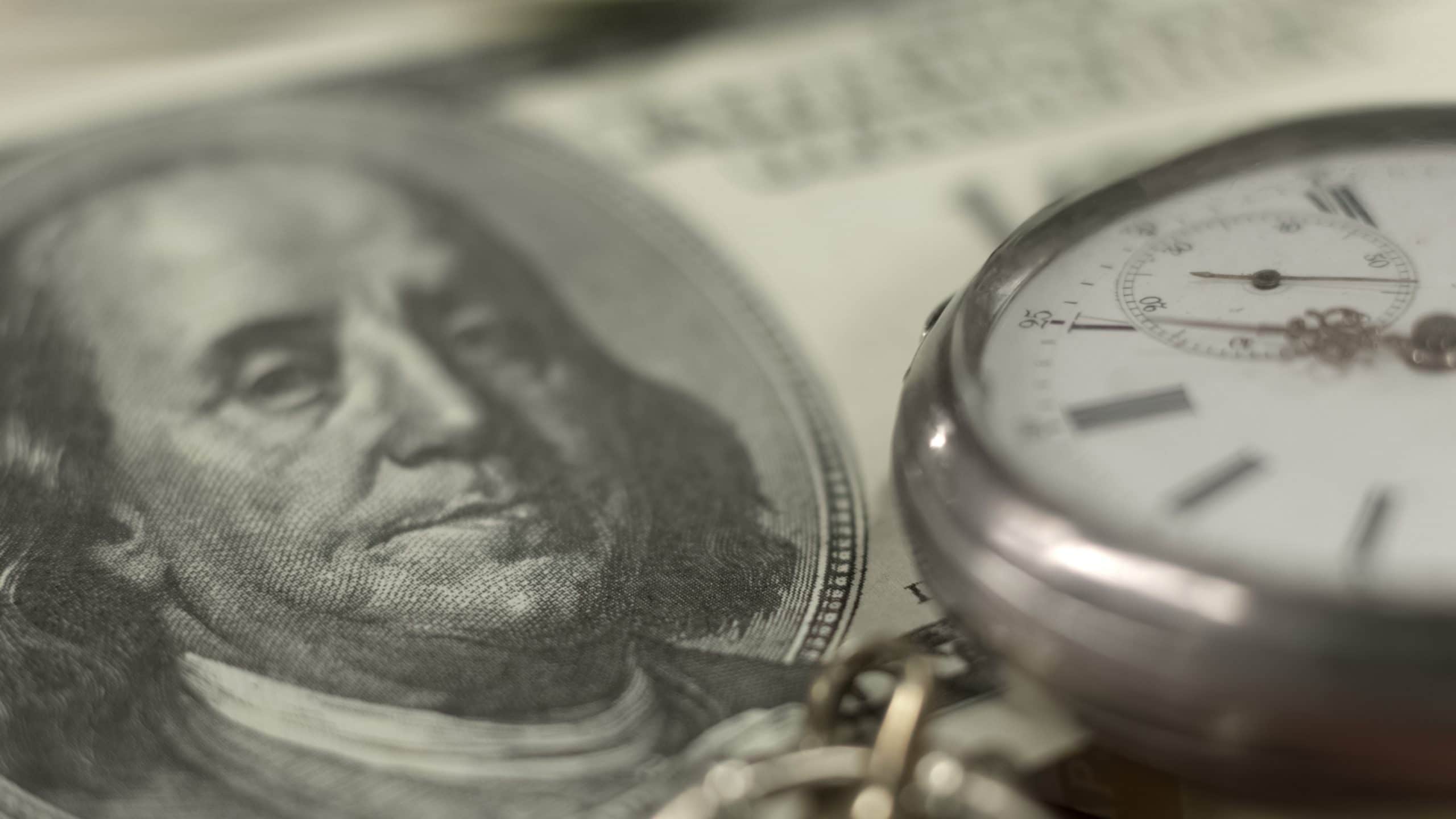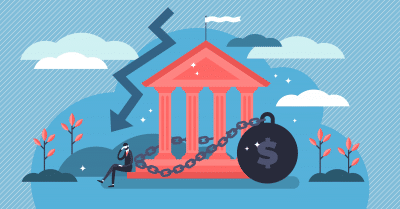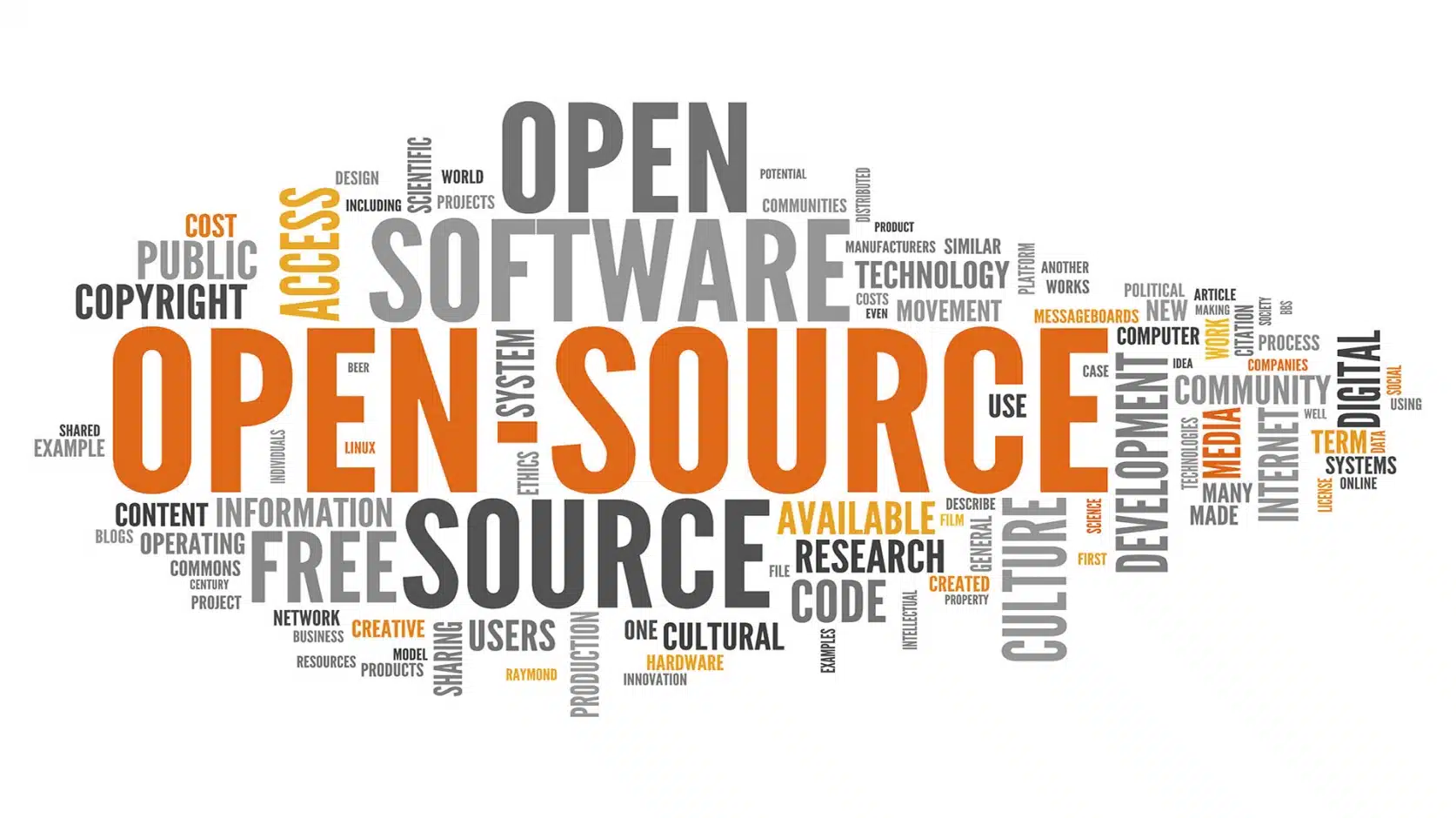
During the recession caused by COVID-19, a number of states had to borrow money, in the form of unemployment loans, from the federal government to be able to continue paying out unemployment benefits to their workers. Now the states that did that are facing having to pay it back, and they have several choices in how to do so.
Why did States Have to Take Out Unemployment Insurance Loans?

Before we can talk about why some states needed to borrow money to keep their unemployment insurance trust funds solvent, first we have to talk about how those accounts are created in the first place.
Businesses pay a certain amount for each employee. That amount is based on two primary factors. First is the taxable wage base, or the amount of employee salary on which employers pay unemployment insurance taxes. The federal minimum is $7,000; the amounts states use range from the $7,000 minimum in states such as California and Florida, up to $56,000 in Washington.
Second is the unemployment tax rate, the percent that businesses pay. That ranges from 0% to 20%, depending on a wide variety of factors, such as how much a business’ employees have used unemployment insurance.
There are also other factors, including the solvency of the trust fund. If the unemployment trust fund is insolvent, businesses pay a higher rate. For example, California businesses have been paying a 15% surcharge since 2004.
When the economy is good, more businesses are putting money into the unemployment insurance trust fund than unemployed workers are taking out in unemployment benefits, and the pool grows. When the economy is bad, the pool shrinks because workers are taking out more in unemployment benefits than businesses are contributing.
States are recommended to keep enough in the unemployment insurance trust fund to be prepared for a recession. That said, as states grow and workers get paid more, it’s not surprising that a recession could overtake the amount of money in a state’s unemployment insurance trust fund. In that case, states are allowed to borrow money from the federal government to continue to pay out unemployment benefits, paying it back as the economy recovers.
For example, after the 2006 recession, 35 states had borrowed a total of $40 billion. It took New Jersey until 2013 before its unemployment insurance trust fund was solvent. In fact, one state, Pennsylvania, had just finished paying off in January 2020 the bonds it had taken out to pay back the $2.8 billion unemployment loan it had taken from the federal government.
The Situation Just Before COVID-19
Consequently, some states were in trouble even before COVID-19, according to the Trust Fund Solvency Report, put out by the U.S. Department of Labor in February 2020. According to that report, while all the states and territories except the Virgin Islands had paid off their debt from the recession, 22 states and jurisdictions were below the recommended minimum adequate solvency level in case of another recession.
The problem was that, not only was the recession over, but the economy had had more than a decade of prosperity, and yet there were that many states below the solvency level.
Then COVID-19 happened.
Suddenly, states were hit with multiple whammies at once. Many people became unemployed at the same time, a higher rate than many states had ever seen or prepared for. Unemployment benefits were increased, in amounts, in time periods, and to workers who had never been eligible for unemployment benefits before.
Not surprisingly, many states determined within just a few months that they would need to borrow money from the federal government to continue to pay out unemployment benefits. As of May 2021, 18 states owed more than $52 billion in unemployment insurance loans.
Now, as time has passed and state economies are recovering, states are looking at ways to pay that money back.
Paying it Back by Increasing Unemployment Taxes
Typically, these unemployment insurance loans would be paid back by increasing the unemployment insurance tax rate that businesses pay. In fact, when states borrow this money from the federal government, rates are automatically increased after a period of time if the state hasn’t paid back the money by then. Generally, loans taken in 2020 needed to be paid back by November 2022.
Take Colorado, with $1 billion in unemployment insurance loans. “If the loan cannot be repaid by late 2022, it will begin accruing 2.3% annual interest, which Colorado employers will have to finance through incrementally higher federal unemployment insurance premiums,” write Loren Furman and Kristin Strohm. “If the loan is not repaid soon, employers will have to pay the federal government twice as much in 2024 and three times as much in 2026 as they do now.”
The problem with paying back unemployment insurance loans by increasing the unemployment tax rate is that some businesses and economists say that can hamper economic recovery. Because businesses must pay more in unemployment insurance taxes for each new person they hire, they hire fewer people.
But with the COVID-19 recession, there was another option.
Paying it Back with Federal Money
Some states used American Rescue Plan Act and Coronavirus Aid, Relief, and Economic Security Act funding, which was distributed by the federal government for COVID-19 relief, to pay back all or some of their unemployment insurance loans. This is an allowable use for those funds and using them offers several benefits.
First, it knocks off a big chunk of debt at once, which is not only gratifying but can also end up saving the state millions of dollars in interest payments on the borrowed money.
Second, it pays off the debt without having to increase the unemployment tax rate businesses must pay.
So, it’s not surprising that at least 30 states, such as Georgia and Wyoming, chose this route. As of March 8, just nine states now owe a total of $40 billion. New Jersey, one of those states, with $609 million in debt, is also considering this solution.
However, some economists don’t think that is a good use of the COVID-19 relief money. They feel that stimulating the economy by using the relief money for projects is a better solution than keeping unemployment taxes low for businesses.
“Using ARP funds on public services and people, rather than giving an employer tax cut through paying off UI funds, is good economics and the right thing to do,” noted the Economic Policy Institute.
In New Jersey, for example, opponents say federal funds should be used for serving marginalized communities, addressing food deserts, funding transit infrastructure, expanding child care support, and investing in public education.
Other Ways of Paying Back the Loans

Similarly, in Minnesota, which had $1.3 billion in unemployment debt as of March 8, legislators are trying to pass a bill to pay off the unemployment insurance loan debt and replenish the unemployment insurance trust fund with $2.7 billion of the state’s more than $9 billion budget surplus, before a mid-March deadline that would increase the unemployment tax rate.
Some economists are also recommending that states such as California look at increasing its taxable wage base, especially since salaries and, consequently, unemployment insurance benefits in California can be higher than those of other states.
Continuing the State Unemployment Loan Interest Waiver
Finally, some states that still owe money on their unemployment insurance loans – ranging from New York with $9.5 billion to Connecticut with $453 million, plus the Virgin Islands with $99 million — would like the federal government to continue a program that ran until September 2021, which waived the interest accumulating on the unemployment insurance loan. The states would still owe the money, but the debt wouldn’t be growing because of the interest.
In December 2021, eight states asked the federal government to continue the waiver. And on March 4, four Illinois Congressional representatives put forth the Continued Waiver of Interest on State Unemployment Loans during the Pandemic Act, which would do just that, extending the waiver until September 2022.





